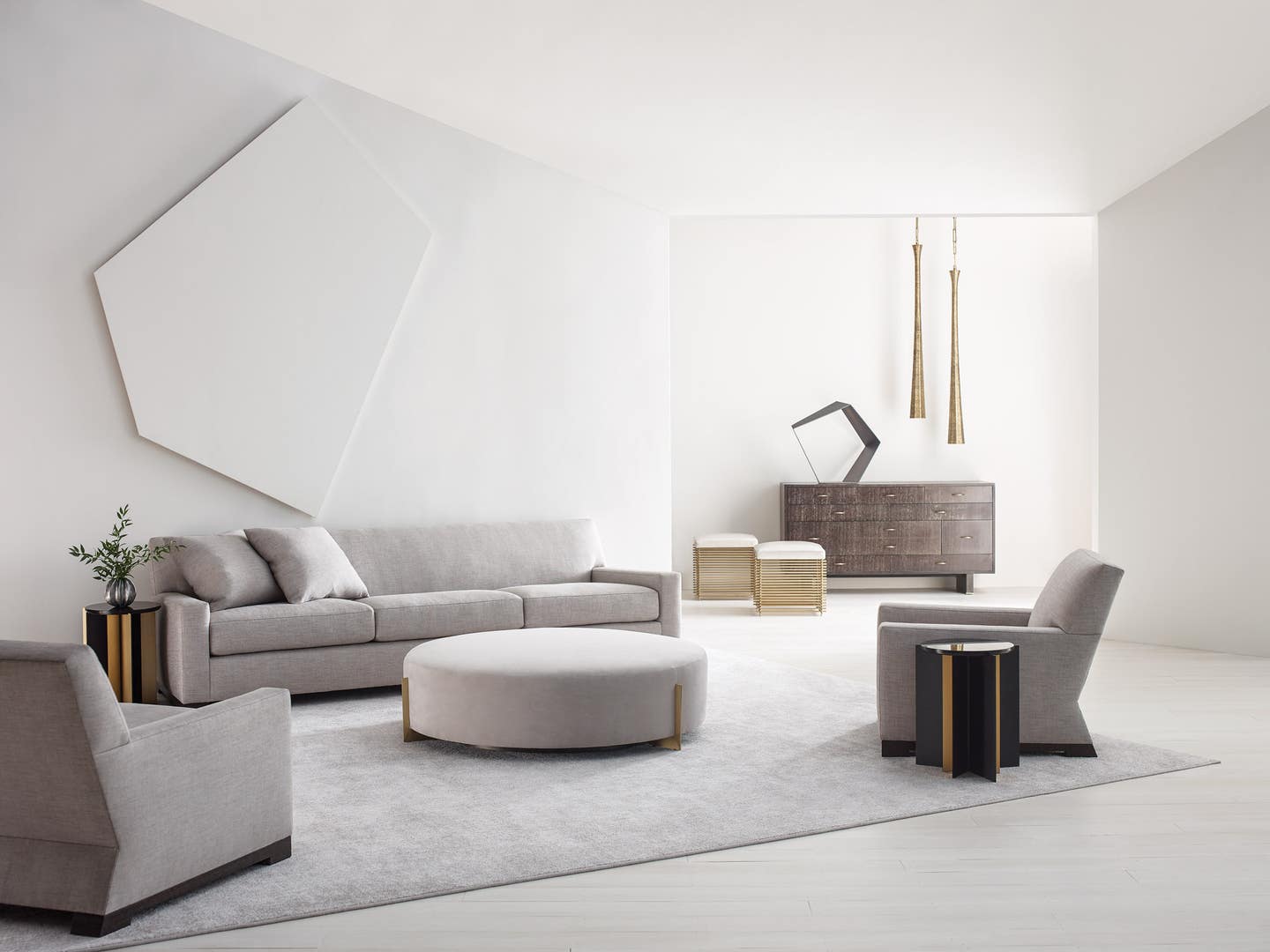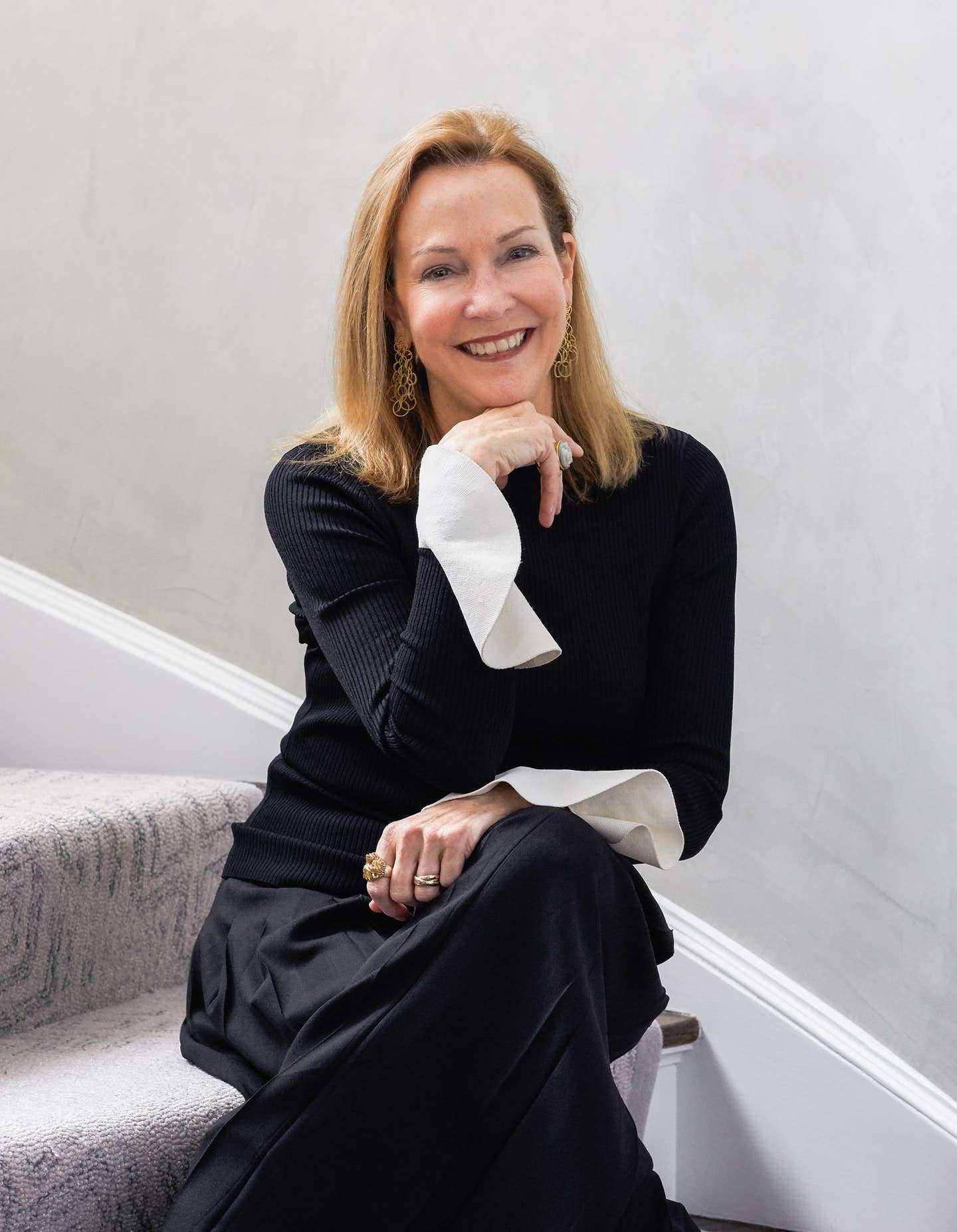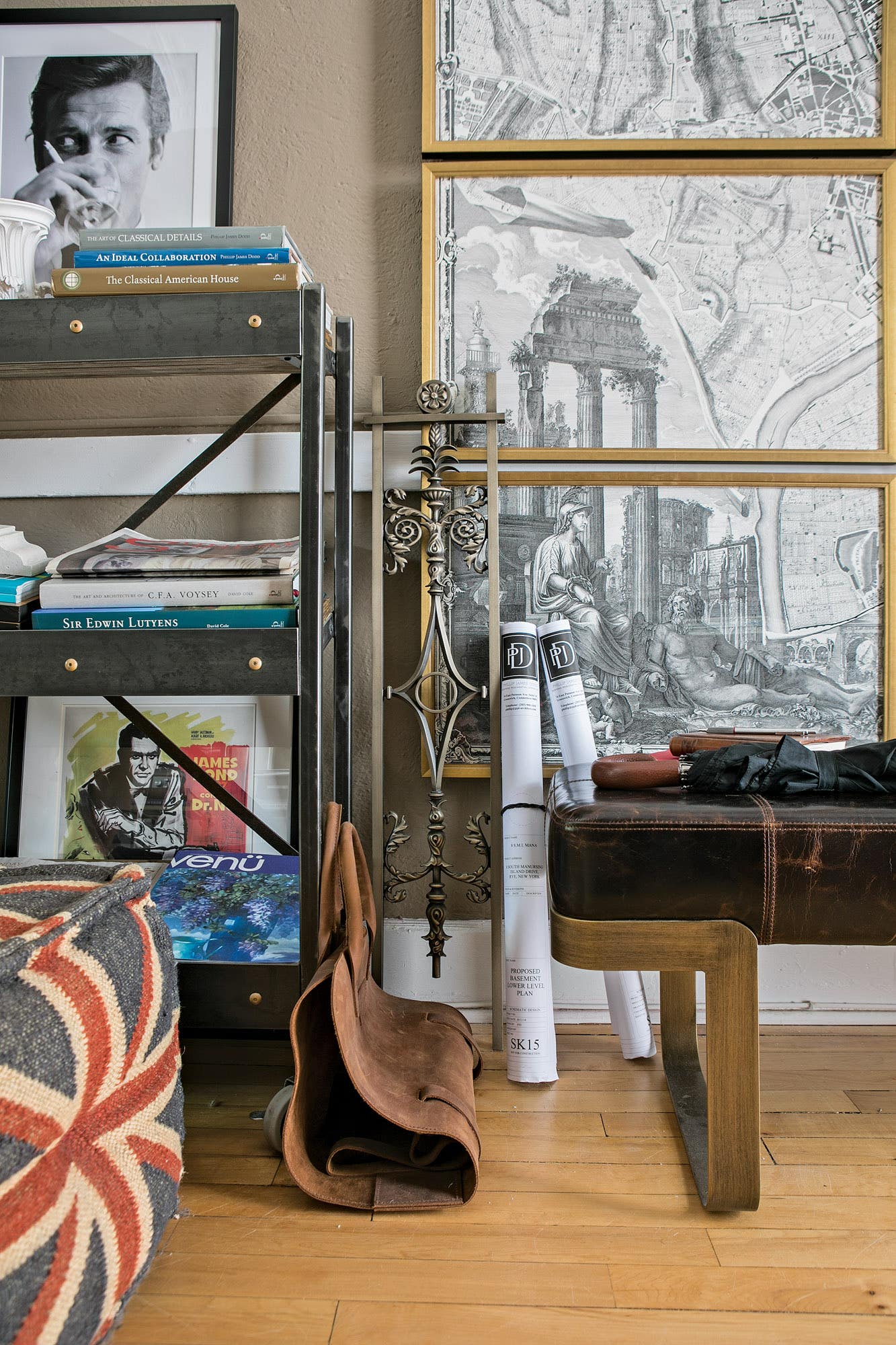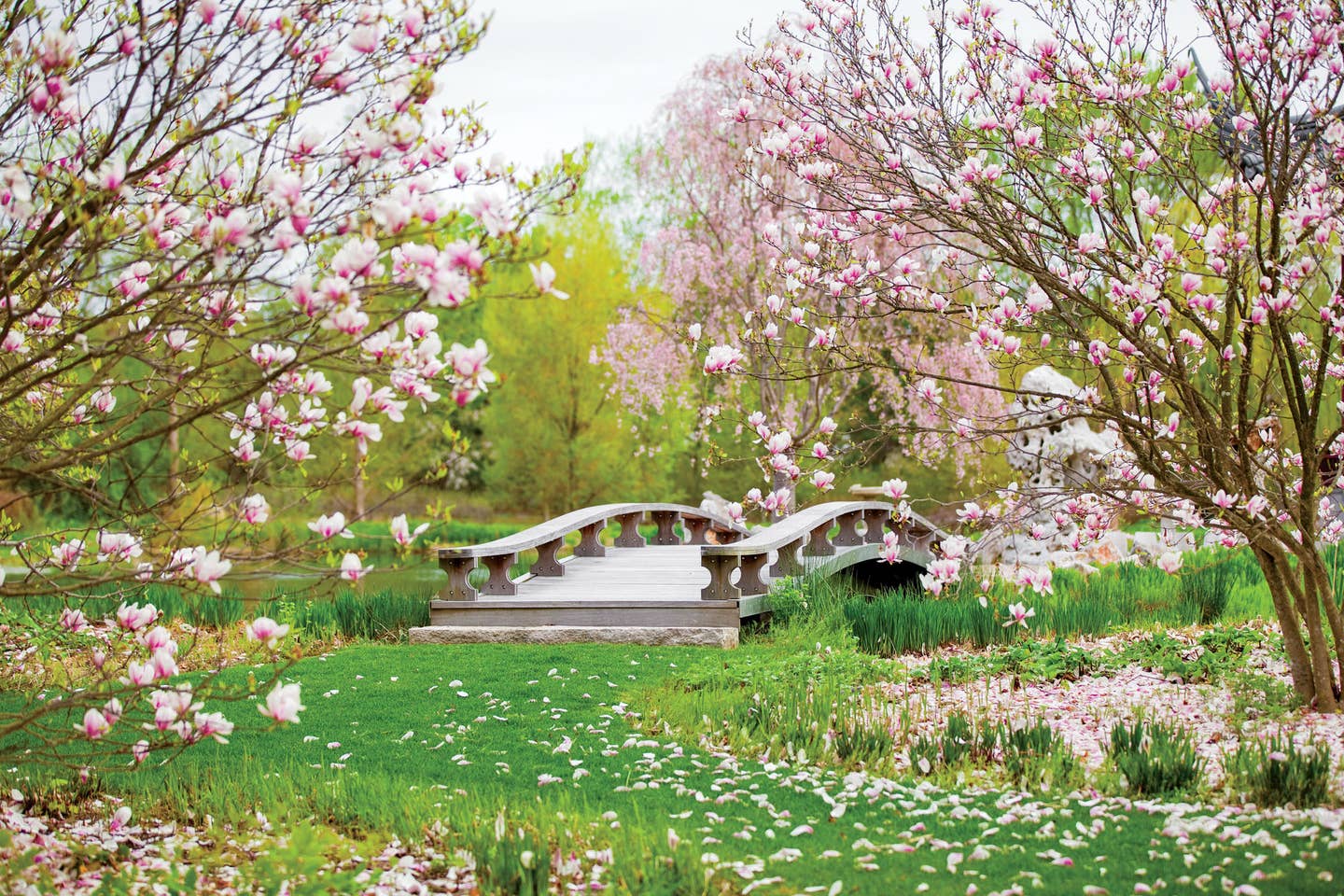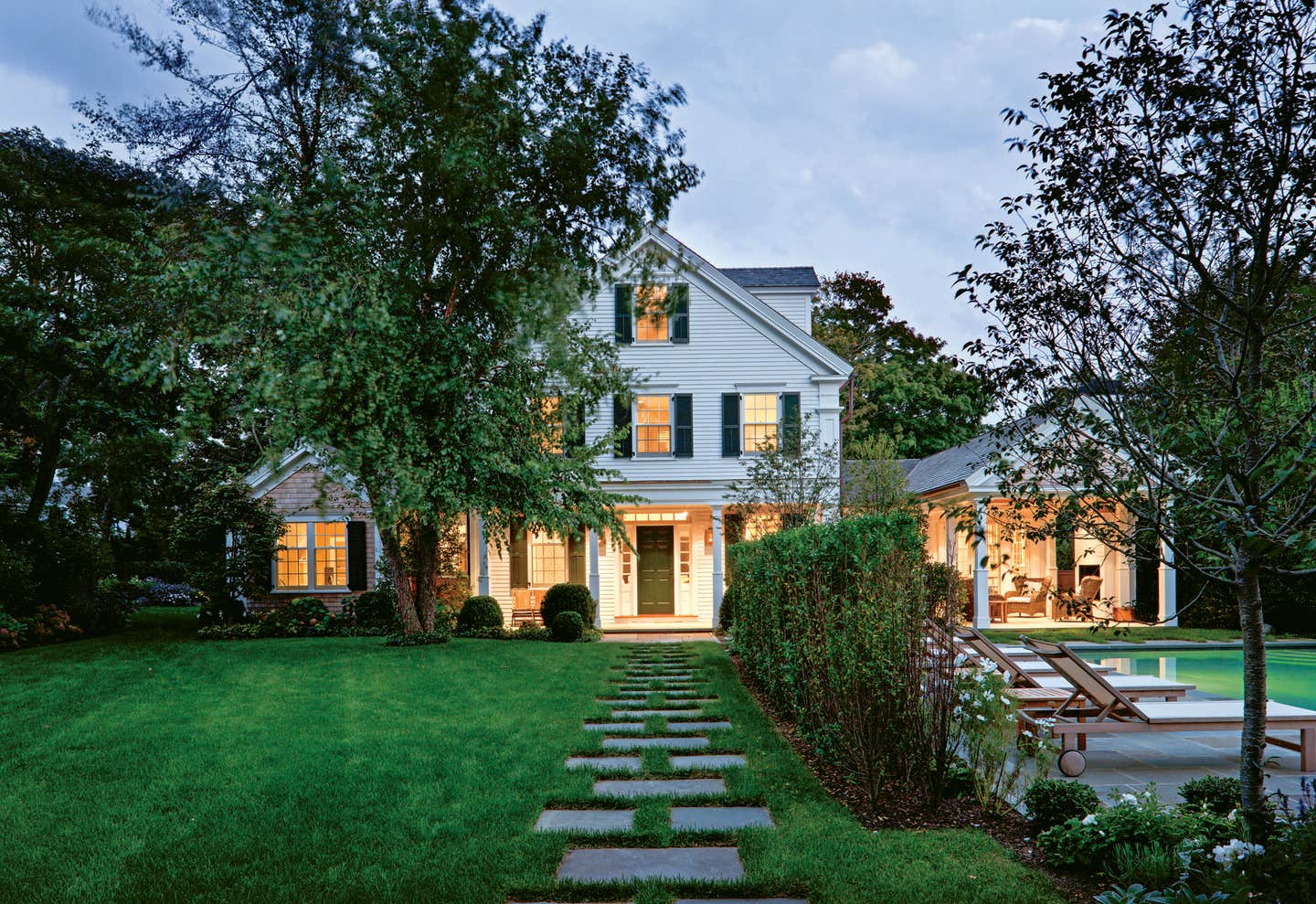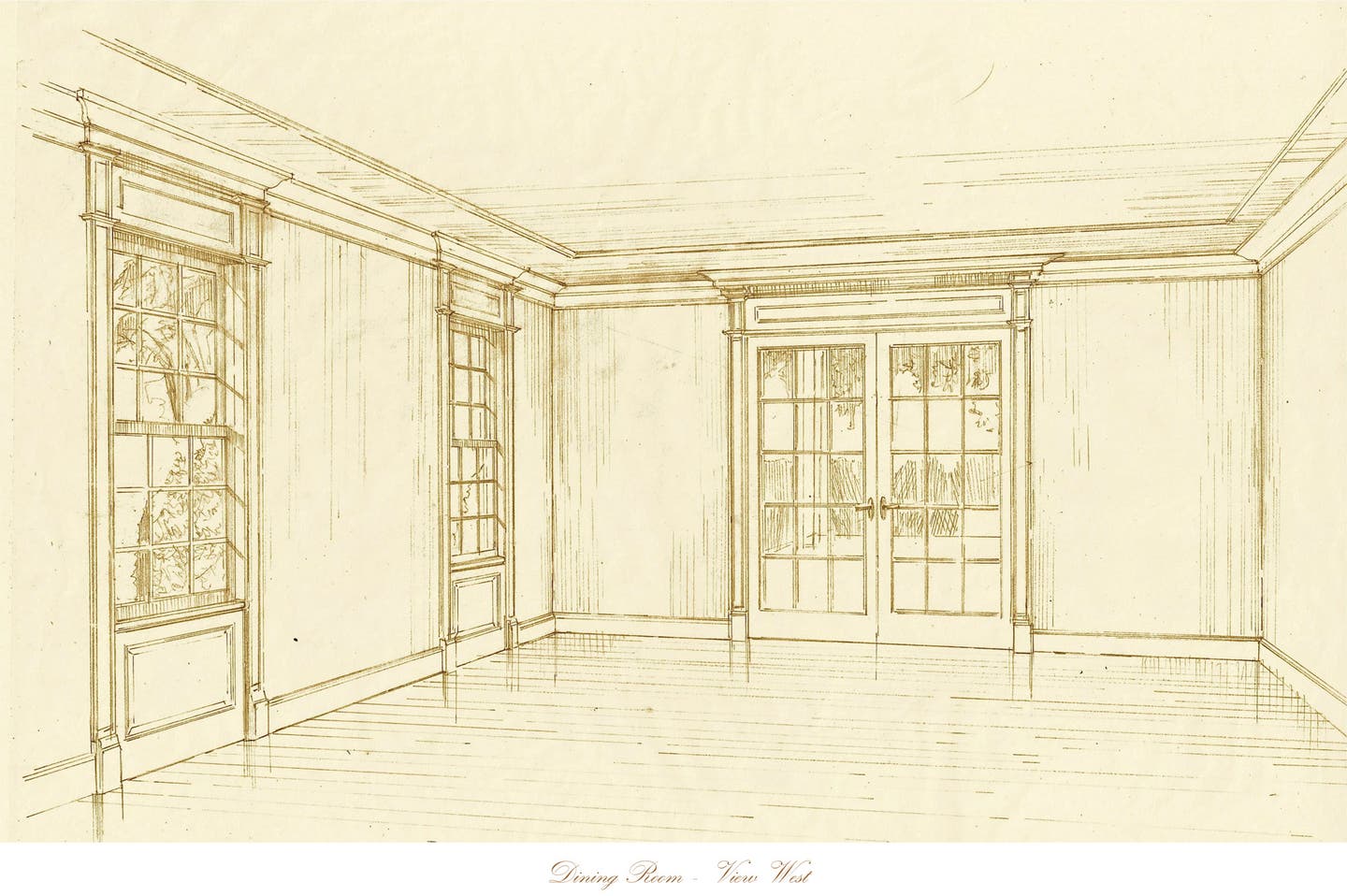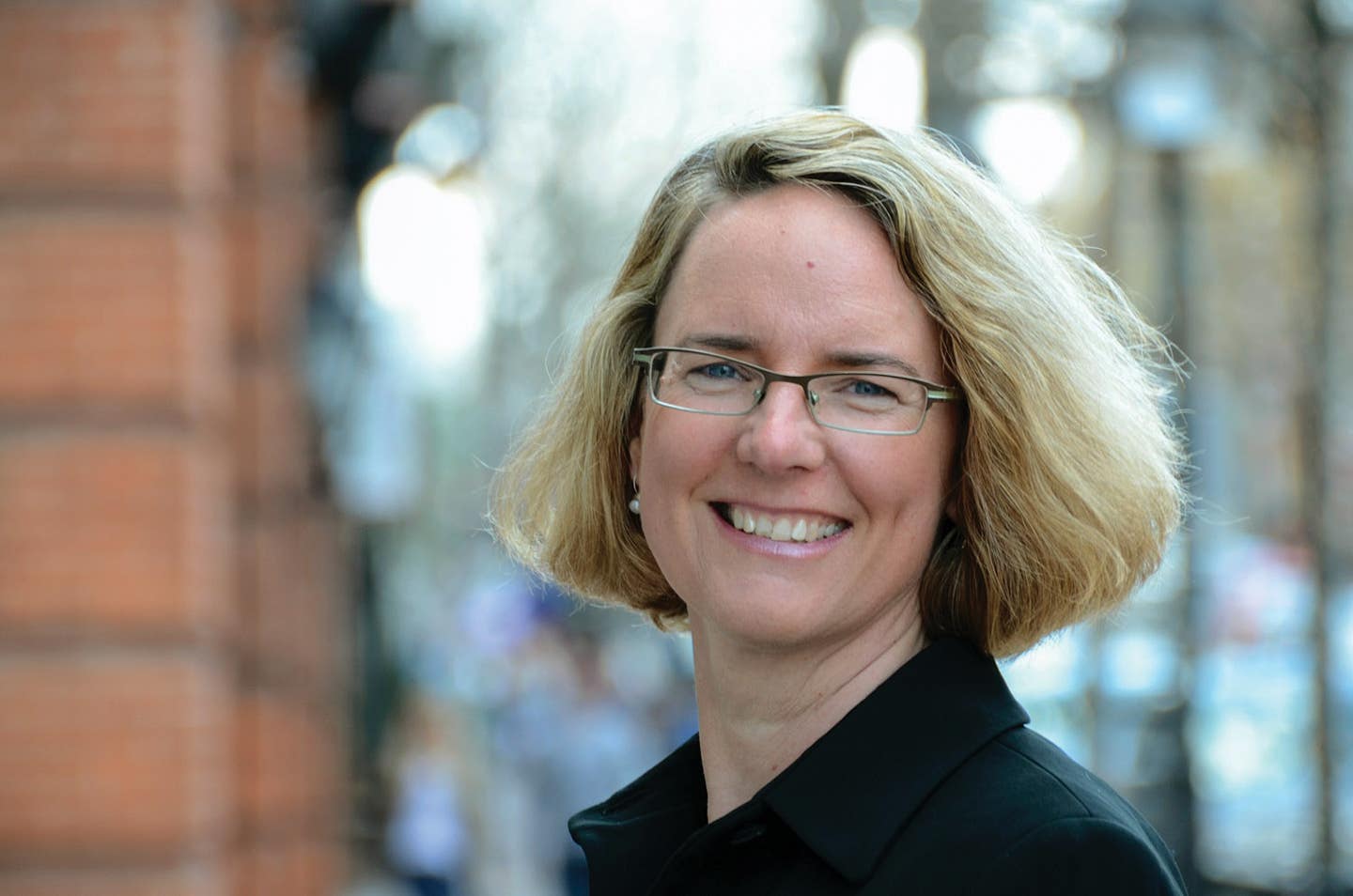
Profiles
Interview with Lynn Richards
In her seven years as president and CEO of the Congress for New Urbanism (CNU), Lynn Richards has activated the CNU community with innovative and aggressive projects that have set forth to transform our cities’ landscapes through the power of incremental change. In line with CNU’s motto “Building Places People Love,” Richards’ bookended her tenure at CNU with a brand new mission statement that strengthens the Congress’s role in the future of urban development. As she concludes her final months with CNU, we sat down with Richards to talk about the Congress’s new directions and initiatives.
What are the accomplishments you are most proud of during your seven year tenure?
First is the project for code reform. The Project for Code Reform seeks to meet local governments where they are. Instead of doing an overhaul of your entire code, do the biggest little thing. If you do nothing else, do this one thing to enable a good place instead of guaranteeing a good place. It's this idea of incremental code reform. . . that brings along the political leadership as well as the local government.
The second thing is [something that] John Norquist started for CNU around highway removal in cities. We worked with Congress, both the House and the Senate over the last couple of years. And on December 21, the Senate released the Economic Justice Act, which includes $10 billion for highway removal. And it's currently being incorporated into the new highway or the new transportation reauthorization legislation that will come through in 2021. It’s again this incremental approach.
The third thing is our Legacy Projects, which is pro bono design assistance to underserved communities, particularly in the host community of where we're having our annual meeting. But we've expanded it to do it in other areas. Our members have a call to serve the broader movement and donate their design skills in an underserved community.
These sound pretty awesome.
It moves the needle…. And serves our mission: what can we do together that we couldn't do individually? And to me, those three projects really meet that call. And it brings into sharp focus of how we can leverage all of the talents of the CNU members to move the conversation forward.
You all have a new mission statement. Tell me about it.
Our new mission statement really frames CNU's mission “to champion walkable urbanism.” And we do that through education, resources, technical assistance, to create environmentally resilient, economically robust, socially just, people-centered places.
We love how concise yet descriptive it is.
How does the mission statement fit with your new strategic plan?
We finalized our strategic plan in March and then released it in September 2020. It has three strategic areas: creating more complete neighborhoods, legalizing walkable places, and designing for a changing climate.
The Board and I developed it by constantly asking: What can CNU uniquely do?
A lot of organizations are engaged in climate. How are CNU’s efforts unique?
We wanted to focus our efforts on the specific design considerations that can increase the resilience at the building block neighborhood scale. The other aspect, which I find actually more interesting and exciting, is working with welcoming cities, for the ongoing, and for the coming climate migration. There's a lot around the designing for a change in climate, that I feel that the CNU's skills on planning, long term planning, scenario planning, being comfortable with the uncertain—that’s just what very new urbanist has been looking at, this kind of where and how you plan your communities, both in terms of the welcoming places as well as those places that ultimately we'll retreat. I think it's a really exciting area that we're going to be hearing a lot more about. And, you know, I for one want CNU to define that realm of conversation.
How do you see new urbanism in a post-COVID world?
I'm a glass-half-full kind of person. I'm always looking for the silver lining. Yes, the global pandemic has been horrible. I wish we hadn't gone through it. However, I feel that the trends which were kind of creeping along before the pandemic accelerated during the pandemic. For example, how people and cities are reimagining spaces.? I think that these trends are going to continue. And the good news is that we've been over-retailed for decades and the pandemic has accelerated the trend of hyper localism of supporting your local butcher, your farmers' market, etc. So, I'm hopeful for the post-pandemic.



